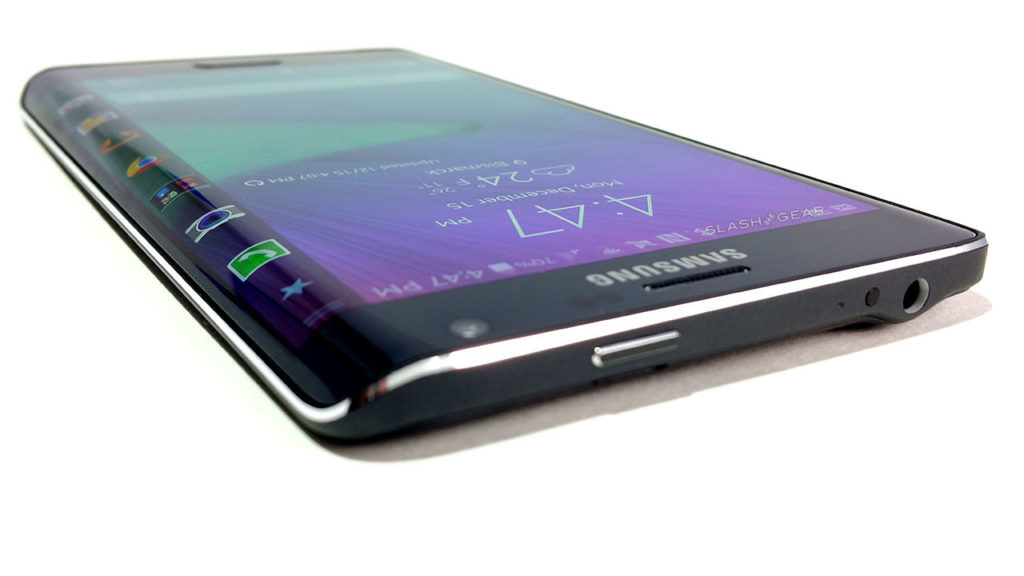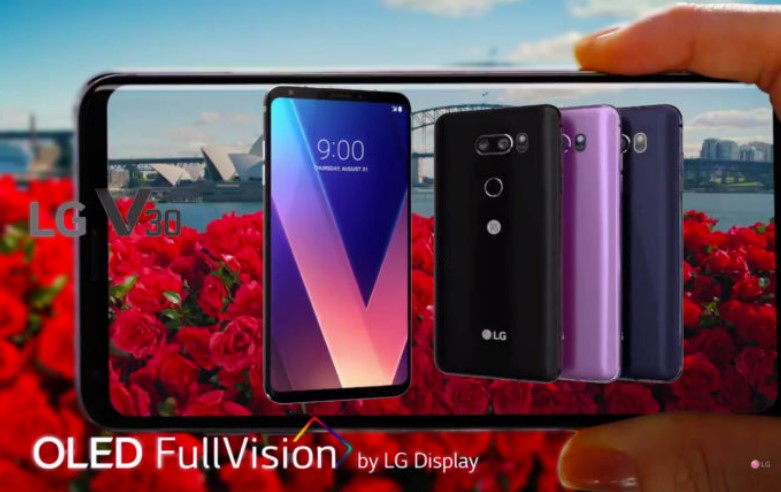All this dynamic raises an important question for those who will have to choose between LGV30 and Samsung Note 9 (or S9 and S9 +):
From the technical/scientific point of view, what are the main changes from the FullVision OLED Display with Super AMOLED Screen?
The first fact that most users do not know is that Super AMOLED technology is the only name for a specific implementation of OLED technology. In fact the letters “AM” before the OLED script, refer to the term “Active Matrix“.
> Check Out: (2019) iOS vs. Android, which is the best system?
Active Matrix means that each pixel is activated individually when the screen becomes “refresh“. So the pixels do not activate with the group as it did with the primitive “Passive Matrix” screen. The individual pixel activation turns the screen into much more powerful and efficient in energy consumption.
You can sometimes read LG’s smartphone screens and the P-OLED term (POLED), though LG does not prefer to use it often. This term stands for “Plastic OLED“, and refers to a substance with which the screen is built. Both LG and Samsung use this plastic material for their screens. It is a OLED plastic that enables curved screens and edge to edge.

So since Super AMOLED and FullView OLED technology are almost the same, why does LG not call its Super AMOLED screens?⁉ The main reason lies in marketing. Samsung calls all its Super AMOLED screens. While LG was a strong competitor, LG could not call it the same way as it was a copy. Additionally, consumers would read the term AMOLED and would connect it immediately with Samsung and not with LG.
Of course the V30 and Note 9 screens are not exactly the same. They differ in important components such as RGB panels, lighting and contrasts. In this respect we will have the opportunity to look into the details of the LG V30 victory.
We’re listening the major changes to Super AMOLED from the FullVision OLED screen:
- FullVision OLED is slimmer, lighter and more flexible than the Super AMOLED panel
- Super AMOLED can be used in many dispositive sizes
- FullVision OLED is made lighter for medium and large size screens
- Super AMOLED has a slightly cheaper production price
- FullVision OLED has a wider viewing angle, around 170°
- Super AMOLED gives more sharp contrasts to the black color, which is the most beautiful
- FullVision OLED gives more sharp contrasts in glowing colors, while black is a bit pale
> Read Next: Surface Go vs. iPad
That’s all! Thanks for reading.Hope you find this post useful.Let us know your thoughts in the comment section below,follow us on twitter and facebook for more news and updates.
